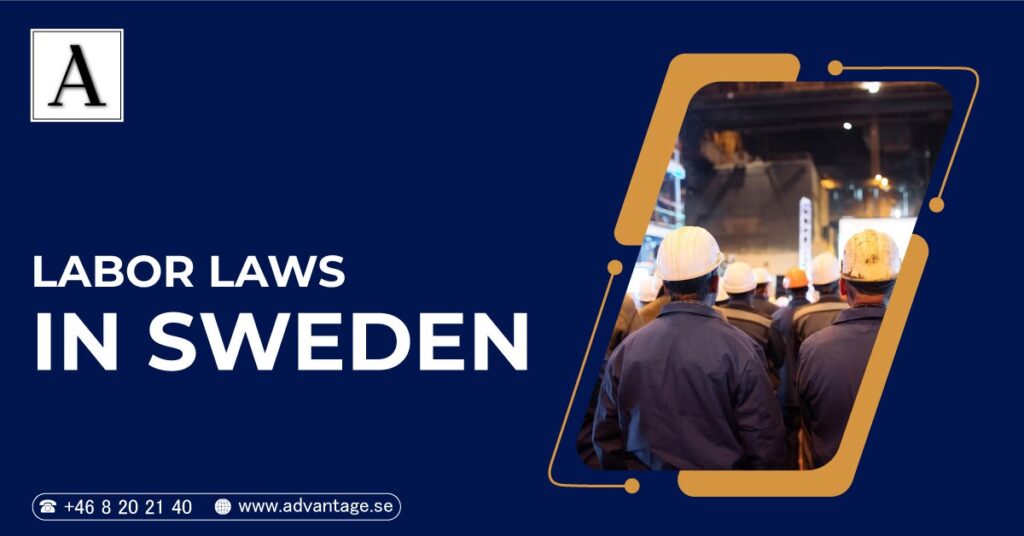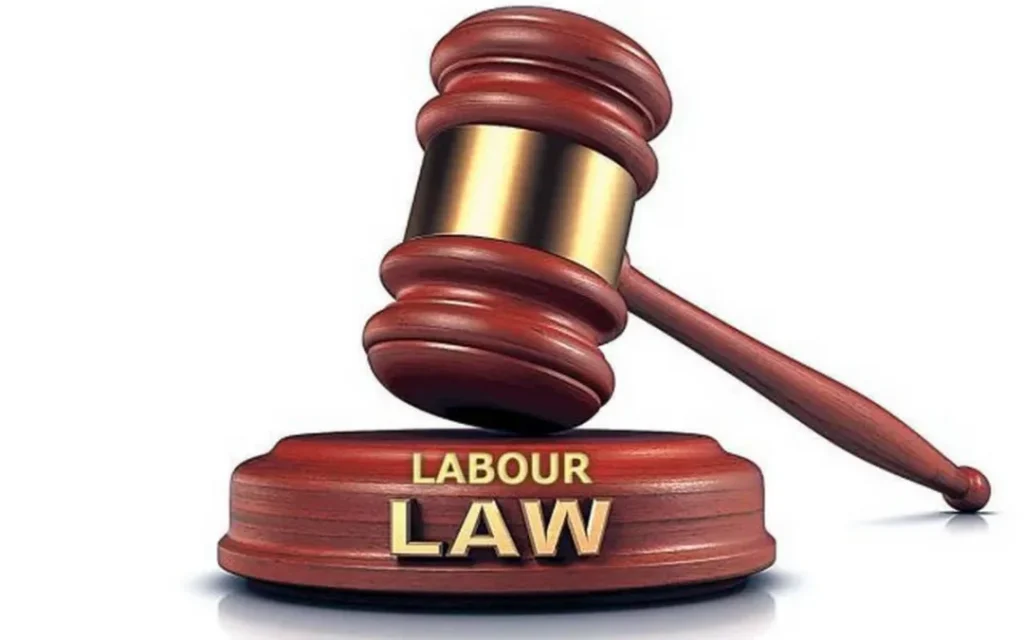Acquisitions of companies are strategic transactions in which one organization purchases another to accelerate growth, acquire new capabilities, and capture greater market share. This process involves evaluating a target’s value, negotiating deal terms, and planning for a seamless integration that preserves value and minimizes disruption.
Mergers and acquisitions are a complex process involving the purchase of a company by (usually) another company, or the merger of two companies. An M&A can take the form of a purchase of shares or assets and often involves a restructuring of the activities of the companies involved. Mergers and acquisitions can be a strategy to expand market share, diversify products or services, or eliminate competition.
Business acquisitions can be an effective strategy for growth and expansion, but require careful planning. It is also advisable to consult a lawyer or legal professional to avoid risks and pitfalls of the acquisition.

In a share purchase, the buyer acquires all or part of the target company to be acquired, which means that the buyer takes over the ownership of the target company. In connection with this, the buyer also takes over the company’s assets and liabilities.
In an asset deal, the buyer purchases specific assets from the target company, also known as an asset deal. These assets can range from real estate, machinery and intellectual property to customer lists, which can then be incorporated into another company or transferred to an existing limited company. The buyer can thus choose which assets or liabilities to take over.
M&As can be divided into different categories of integration processes depending on how the effects involved relate to each other.
The horizontal effects of mergers and acquisitions arise when two companies that are direct competitors in the same market join forces. The purpose of horizontal acquisitions is often to increase market share, reduce competition and benefit from economies of scale.
This can lead to improved efficiency and reduced costs. However, it is important to note that there may be a risk that the market becomes less competitive, which may negatively affect consumer choice and price levels. The FCA therefore carefully scrutinizes horizontal acquisitions to ensure that they do not lead to monopolies or undue market concentration.
Vertical effects occur when firms at different stages of the same value chain are acquired. This can be, for example, when a manufacturer acquires a supplier or a distributor. Vertical acquisitions can thus improve efficiency through better coordination of production and distribution, reduced transaction costs and secured access to key inputs or markets.
However, it is important to bear in mind that vertical acquisitions risk creating barriers to entry for other companies, as the integrated company may gain an unfair competitive advantage or discriminate against competitors by controlling important parts of the value chain.
Acquisitions of companies operating in other sectors produce so-called lateral effects. This type of acquisition aims to diversify activities and reduce financial risks by not being dependent on a single market or product. Lateral acquisitions can also lead to synergies by using shared resources, technology or marketing channels.
Challenges with lateral acquisitions can be the difficulty of integrating companies from different industries, or the lack of management knowledge and experience in the new business areas.
Mergers and acquisitions should always be preceded by a thorough due diligence, i.e. an examination of the target company’s financial, legal and operational status to identify any risks. Contact us at Advantage law firm and we will help you make the business acquisition as successful as possible.




















© 2025 Advantage. All rights reserved.